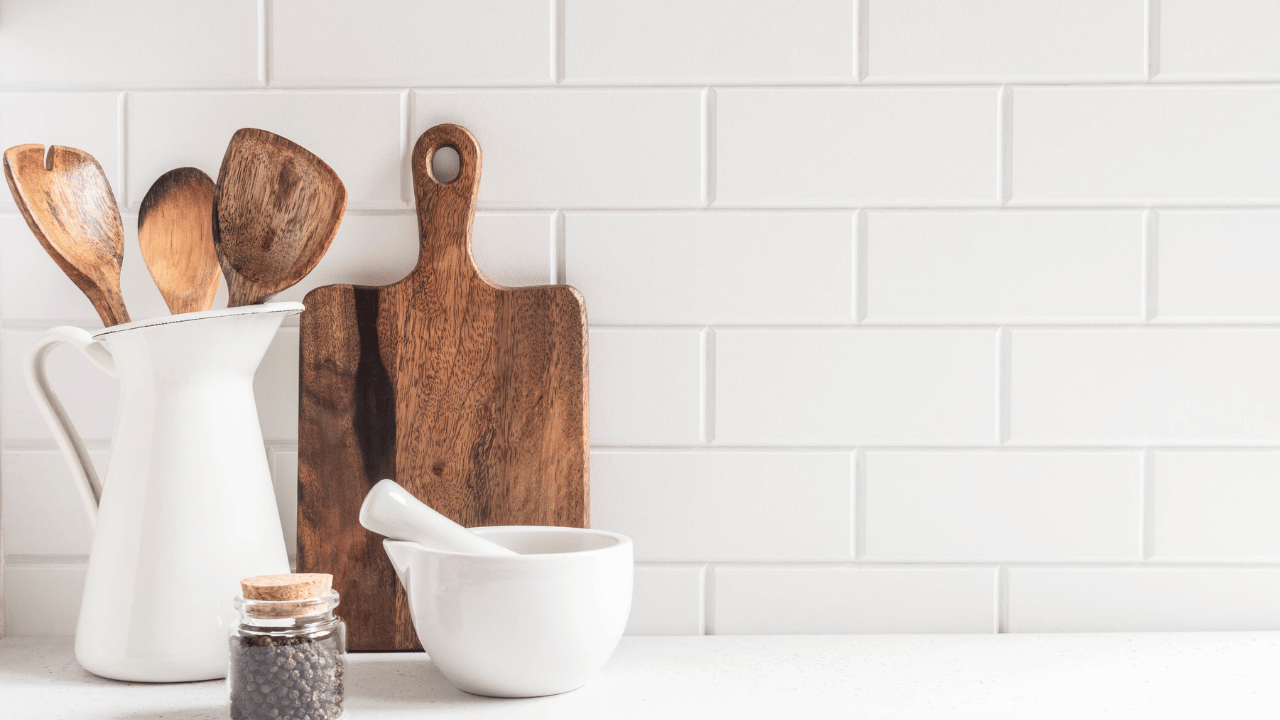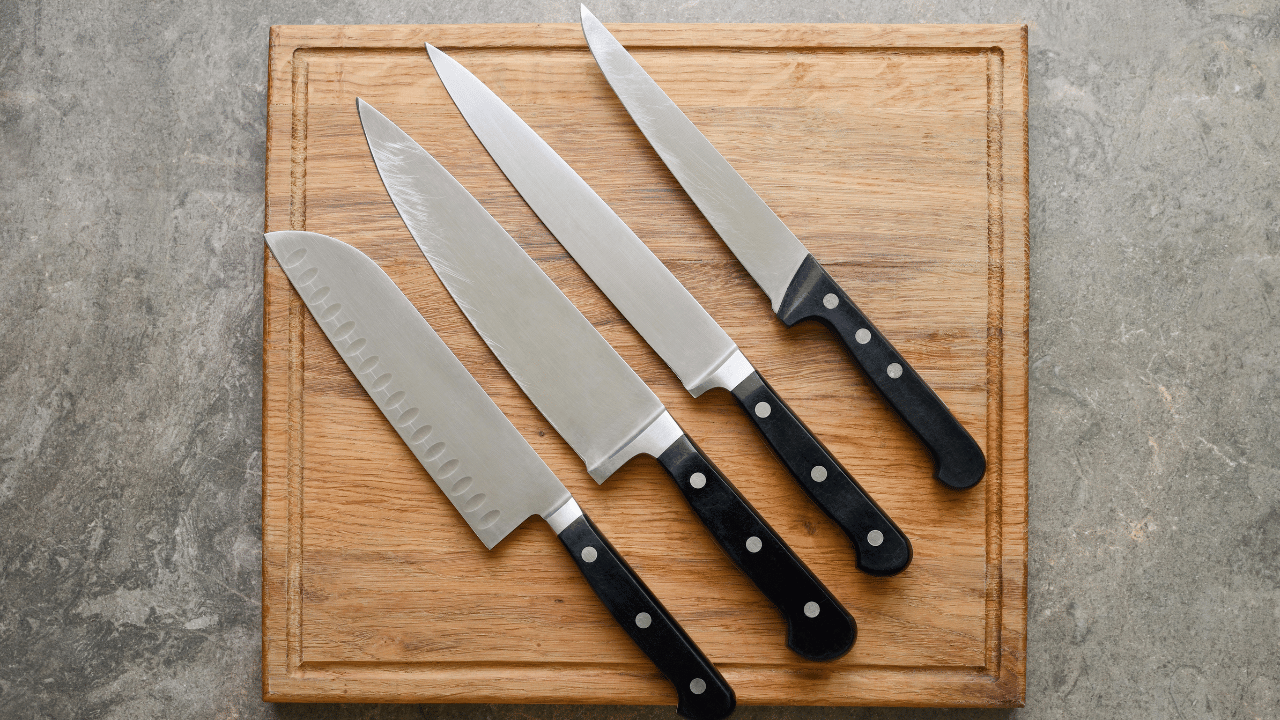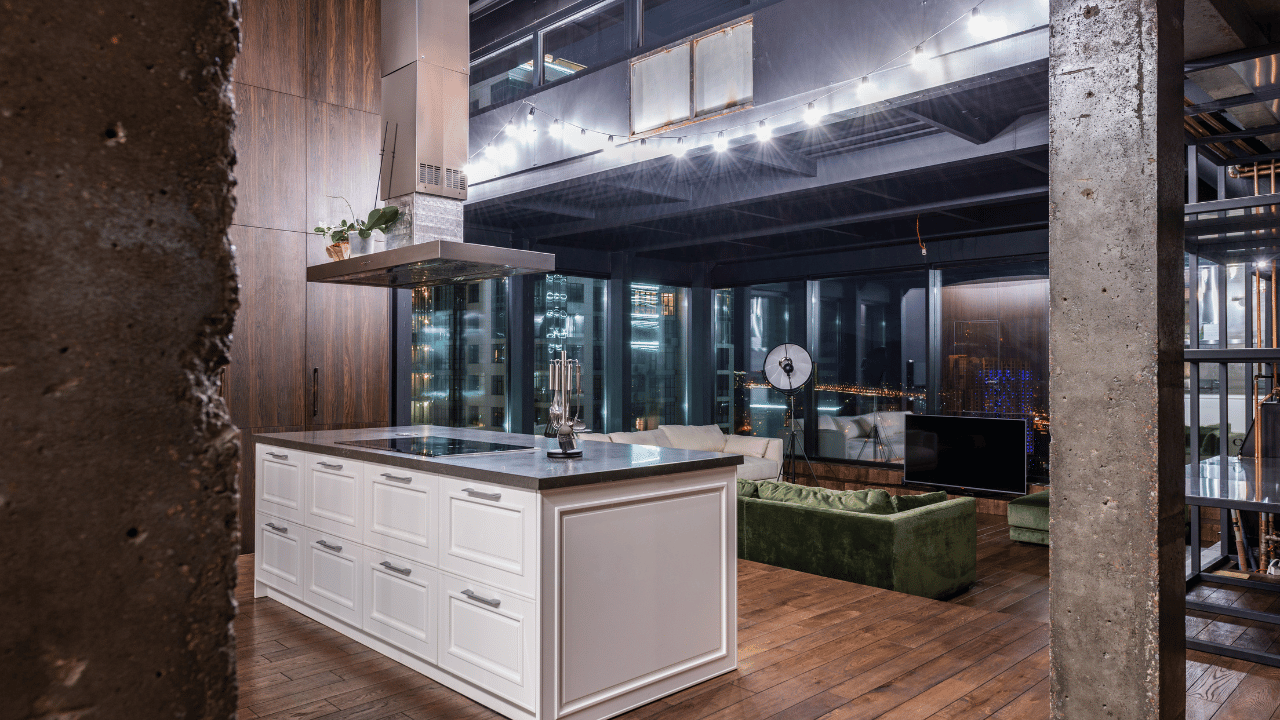Last Updated on September 7, 2023 by Pro Handyman Australia – Editorial Team
Recent data from the Housing Industry Association (HIA) highlights the changing landscape of kitchen renovation costs. In the 2021–22 Kitchens and Bathrooms report, the national average cost for a kitchen installation during a renovation stood at $29,155. Interestingly, this figure represents a decrease from 2020’s average of $30,373.
When we dig deeper into regional differences, there’s a notable fluctuation in costs. For instance, the Australian Capital Territory witnessed a dramatic rise in average costs, leaping from $29,500 to a striking $46,250. On the other hand, Western Australia experienced a decrease, with prices moving from $40,769 down to $29,167. The price variations in other regions were comparatively modest.
The Appeal of Flat-Pack Kitchens
Given the substantial investment that kitchen renovations demand, it’s not surprising that many homeowners are looking for cost-effective alternatives. Here’s where flat-pack kitchens come into the picture. These off-the-shelf solutions have gained popularity among budget-savvy renovators, primarily because they offer an opportunity to reduce expenses on labor by taking the DIY route.
So, if you find yourself pondering the merits of acquiring a flat-pack kitchen, you’re certainly not alone. The main question remains: is it the right choice for you?
Flat-pack kitchens serve as an alternative to the traditional custom-built approach. In the latter, a seasoned professional with vast experience and a network of contacts tailors a kitchen design to meet your specific desires and oversees the entire project. In contrast, flat-pack kitchens, available from renowned retailers like Bunnings and Ikea, offer a range of designs in various styles and finishes.
Is DIY Truly for Everyone?
Though flat-pack kitchens are often promoted as a DIY endeavor, assembling and installing them requires both time and a certain level of skill. While it might appear straightforward, it’s essential to evaluate your proficiency and the time you can allocate before diving in.
Weighing the Benefits and Drawbacks of Flat-Pack Kitchens
As with any significant decision, understanding the advantages and disadvantages of flat-pack kitchens can guide your choice. Let’s delve into the pros and cons to determine if this option aligns with your needs.
Understanding the Cost Structure
The price tag attached to a flat-pack kitchen renovation can fluctuate significantly. Various factors contribute to this variability, including the chosen style, the kitchen layout, the quantity and dimensions of cabinets and drawers, the finishes, the selected hardware, and the essential trades involved. Unlike custom kitchens that typically come as a comprehensive package covering consultation, design, construction, and installation, flat-pack kitchens present a more segmented approach. Components such as cabinets, accessories, doors, panels, benchtops, and splashbacks are purchased separately. Consequently, the cumulative cost hinges upon the specific components required for your design. This modular nature can make direct cost comparisons a tad challenging.
Comparative Analysis: Bunnings vs. Ikea

To provide a tangible perspective, we analyzed the costs associated with a petite L-shaped flat-pack kitchen designed to accommodate a microwave, dishwasher, and oven. The focus was on individual components, sidelining elements like the sink, taps, microwave box, and other appliances.
Upon examination:
- Bunnings flat-pack kitchen was priced at $4980.
- Ikea’s counterpart came in slightly cheaper at $4470.
Both retailers boast a diverse array of front styles in various colors and materials. Hence, if you’re particularly enamored with a specific style available at one store, you might be inclined to invest a bit more.
A Closer Look at Specific Features
It’s pertinent to highlight a few distinguishing features between the two options. For instance, Ikea offers metal-sided drawers. Meanwhile, Bunnings provides its customers the flexibility to opt for similar drawer constructions. When it comes to wall cabinet installations, Ikea employs a suspension rail system, whereas Bunnings cabinets are affixed directly to the wall using screws. Furthermore, Bunnings cabinetry is characterized by a robust back construction.
Personalizing Your Space
Both retailers present a plethora of options to shape your kitchen in alignment with your personal preferences.
One store is recognized for its modular-style flat-pack kitchens, presenting 23 kitchen door styles within one of its primary ranges and an additional seven styles in another dedicated range. This modular system boasts over 15,000 unique style combinations. This flexibility enables consumers to align cabinet dimensions with their available space and subsequently opt for a door or drawer front that mirrors their aesthetic preferences. A highlight is their newer, budget-friendly modular kitchen system, which expands the styling possibilities for those with tighter financial constraints.
On the other hand, a brand available through a major retailer, not only offers myriad styles and modular sizes but also introduces a ‘cut-to-measure’ service at an extra charge. This service is instrumental in adjusting the width (albeit not the height) of specific doors, panels, and benchtops, mitigating the necessity for supplementary filler panels.
Material Considerations
Despite the expansive array of styles and finishes on offer, it’s notable that the core materials employed for these flat-pack kitchens remain consistent for each respective retailer.
One brand, for instance, crafts its cabinets, doors, and panels primarily from particleboard or MDF, with finishes in melamine, premium melamine, or thermoformed variants, granting consumers a spectrum of color and profile choices. Essential hardware components, such as hinges, are sourced from well-regarded suppliers.
In comparison, another prominent brand constructs its cabinets using particleboard and melamine, incorporating hardware elements like hinges, drawers, and soft-closing devices from a reputable German manufacturer.
“Optimizing the layout is pivotal to maximizing both spatial utility and functionality,” an industry expert remarks.
Designing with Precision and Functionality
The architectural blueprint of your new kitchen should seamlessly meld aesthetics with functionality. Both leading brands proffer in-store and online 3D planning utilities to empower non-experts in curating a kitchen design, alongside sagacious advice on spatial optimization.
One design expert suggests, “Select a layout that resonates with your anticipated kitchen usage patterns to ensure its enduring relevance.”
For those who might be grappling with design apprehensions, both retailers extend the expertise of seasoned professionals. As one manager elaborates, “If you’re venturing into designing your kitchen, you can either navigate our online kitchen planner independently or seek guidance from our seasoned in-store or online experts. They’ll assist in refining your design, ensuring you’ve incorporated all essentials, and streamline the ordering process.”
Procurement and Delivery
Upon finalizing the measurements, design, and style of your flat-pack kitchen, all components, including drawers, cabinets, cupboards, and hardware, are duly selected and ordered. The period between placing your order and its arrival hinges on multiple factors, including the size of your order, your geographical location, delivery demand, and product availability.
With one retailer, customers have the flexibility to opt for home delivery or store pick-up. For bulk orders, the anticipated delivery timeline spans between two to six business days, and you’ll be given an estimated delivery date during checkout.
Conversely, another major store offers varied delivery timeframes that are contingent on product availability and potential customizations. Customers can either fetch their order from the local store or have it directly delivered to their doorstep. The delivery duration and associated costs fluctuate based on location and order size, and customers are intimated about these details once the order is ready for dispatch.
Installation Insights
Opting to install your flat-pack kitchen independently can lead to significant savings on labor. For those adept with tools like hammers, cordless drills, and jigsaws, and are brimming with confidence, taking the DIY route might be an enticing prospect. A plethora of online resources provided by manufacturers can assist with guidance and instructions.
However, installation might not be a universal fit. One expert commented on the rigors of installation, noting that it’s not everyone’s cup of tea. Individuals pressed for time or daunted by the sheer scale of a kitchen installation might benefit from professional assistance.
Another professional remarked on the steep learning curve associated with flat-pack kitchen installations for novices. Highlighting the commitment it requires, they noted the multiple reasons customers might lean towards hiring an experienced contractor.
Engaging with a licensed kitchen installer offers a slew of benefits: unparalleled expertise, adherence to building regulations, stipulated completion timeframes, and comprehensive workmanship warranties. As a benchmark, installation costs for a flat-pack kitchen are around $2,800–$3,000. Additional services, such as plumbing, electrical work, and splashback tiling, can take the total cost to approximately $4,500–$5,000.
For those considering hiring professionals, it’s prudent to do thorough research. Some retailers also provide a platform for customers to solicit installation quotes from certified tradespeople, streamlining the decision-making process.
However, patience is essential when securing a tradesperson. Recent reports suggest a pronounced shortage of skilled tradespeople in Australia, leading to increased demand and consequentially, extended wait times. Factors such as limited access to international skilled trades have exacerbated this shortage.
Some businesses have reported lead times of approximately four to six weeks before they can commence a flat-pack kitchen installation.
For homeowners undertaking DIY installations, the journey might be time-intensive, contingent on your availability and potential challenges encountered. Being temporarily without a functional kitchen can be a logistical challenge. Hence, for those living on-site, a swift renovation might be more desirable.
Why you can’t DIY your Flat-Pack Kitchen

Venturing into a DIY flat-pack kitchen installation can sometimes be a protracted affair. The length of the process can vary based on the time you can dedicate and the unpredictability of challenges that might surface. Going without a fully operational kitchen during this period can be daunting. For those residing in the space under renovation, seeking the expertise of a professional for a timely transformation might be a wise choice.
Essential Roles of Licensed Professionals
While self-assembly and installation can certainly trim down expenses, it’s crucial to remember that certain tasks demand the expertise of a licensed professional, an aspect that must be accommodated in your budgeting.
Certain undertakings are either legally restricted or ill-advised for non-professionals. For instance, tasks such as connecting your sink and dishwasher to pre-existing plumbing, fashioning new plumbing configurations, executing electrical tasks, and managing gas fittings mandate the involvement of proficient and licensed electricians and plumbers.
Opting for registered and insured tradespeople offers a protective layer against unforeseen mishaps. Conversely, if you decide to take matters into your own hands and a mishap occurs, the onus of the repercussions lies solely with you. Even if your installation doesn’t necessitate any alterations to the initial electrical and plumbing setups, the final touches should be overseen by a licensed expert.
Additional Tips to Consider When Buying

Site Clearance and Waste Management
Before you embark on installing your new kitchen, you’ll need to address the demolition of the old setup and manage the waste removal. If you’re employing an installer, it’s beneficial to inquire if they offer waste removal services to streamline the process.
Packaging Disposal and Recycling Initiatives
Another pivotal aspect to consider is the disposal of packaging. Leading retailers have instituted recycling systems in-store for packaging materials. Notably, there are collaborations between major brands and environmental initiatives like Planet Ark, aiming to bolster recycling efforts. These initiatives also facilitate the eco-friendly disposal of used or damaged items, taking a progressive step towards minimizing landfill impact.
Professional Finishing Touches
For aspects like painting and tiling, unless you’re thoroughly confident in your skills, it’s worth considering the engagement of professionals. Experts in the field can deliver precision and a superior finish, enhancing the overall aesthetic of your kitchen.
Selecting the Right Appliances
While purchasing appliances from your kitchen retailer may seem convenient, it’s essential to ensure you’re getting good value. Thorough research on quality, performance, and customer feedback can help you make informed decisions. Occasionally, even prominent brands might have products that underperform, so vigilance in this regard can save future regrets.
Assessing Longevity and Warranties
Every kitchen component’s durability and associated guarantees are crucial elements to take into account. For instance, some leading brands offer 25-year guarantees on their kitchen cabinets and benchtops, providing long-term peace of mind. Others, like a notable kitchen line from a large home improvement retailer, provide a 10-year structural warranty. Additionally, they extend this warranty for as long as you own and inhabit your residence, offering an added layer of assurance.
Conclusion
The decision to embark on a kitchen renovation journey, whether fueled by a desire for a fresh look, increased functionality, or simply cost savings, is a significant one. As we’ve explored the intricate landscape of flat-pack kitchens offered by renowned retailers Bunnings and Ikea, it’s evident that this choice transcends mere aesthetics. It’s about aligning your unique requirements, preferences, and budget with a solution that not only suits your needs but also enhances your living space.
Throughout our exploration, we’ve discovered that both Bunnings and Ikea present a diverse array of styles, finishes, and sizes within their flat-pack kitchen offerings. The opportunity to personalize your kitchen according to your taste and space constraints is a tangible advantage that these retailers provide. The modular design philosophy enables you to flex your creative muscles, crafting a kitchen that embodies your vision.
However, as we’ve emphasized, the journey doesn’t end with selection and assembly. A pivotal aspect lies in installation. While the allure of saving money on labor through a DIY approach is undeniable, it’s equally important to recognize the tasks that necessitate the expertise of licensed professionals. Plumbing, electrical work, and gasfitting fall within this domain. Engaging skilled tradespeople not only ensures safety and compliance but also provides a safety net in case unforeseen issues arise.
In the realm of additional costs and considerations, we’ve highlighted the importance of addressing site clearance, packaging disposal, professional finishing touches like painting and tiling, and a thorough assessment of appliance choices. Careful consideration of these factors can contribute to a smoother renovation experience and an outcome that meets your expectations.
In the realm of warranties and longevity, Bunnings’ Kaboodle Kitchen line offers a 10-year structural warranty, along with their ‘Lifetime Advantage,’ which extends coverage for as long as you own and reside in your home. On the other hand, Ikea’s kitchen cabinetry and benchtop ranges come with an impressive 25-year guarantee, underlining their commitment to quality and durability.
As we conclude our exploration, remember that the choice between Bunnings and Ikea is ultimately a reflection of your priorities. It’s a blend of design aesthetics, financial considerations, and the desire for a seamless kitchen renovation experience. Whether you opt for Bunnings’ customisable options or Ikea’s modular versatility, what matters most is that the chosen path aligns with your unique vision and transforms your kitchen into a space you’ll love for years to come.
